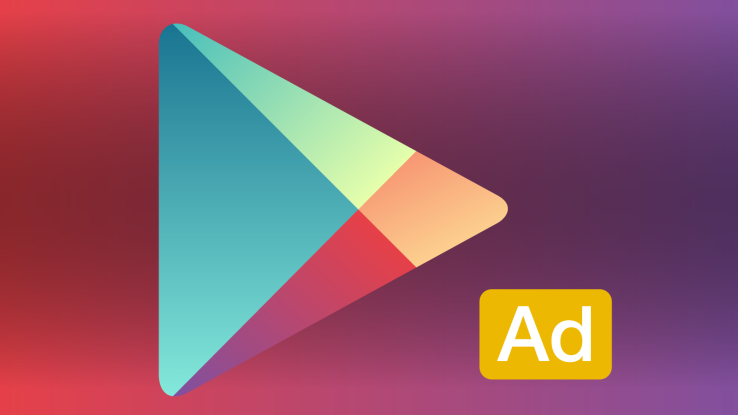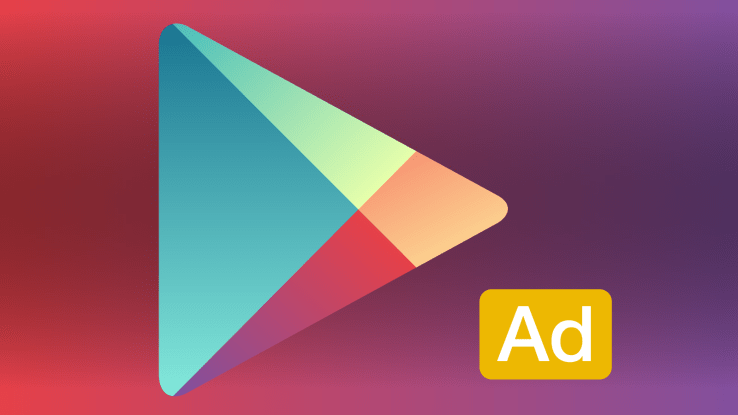

Google has just made a change to its mobile application storefront, Google Play, which will help customers make better decisions about the apps they want to download: it’s now displaying if an app contains advertisements. This label will now appear alongside the existing designation which indicates if an app offers in-app purchases, the company has confirmed to TechCrunch.
The change could impact existing developers who monetize with ads, as it will help customers avoid apps that use ad-supported business models.
The new label was first spotted by the blog Android Police, citing a Reddit posting.
In-app advertisements can help developers generate revenue, but they’re often seen by consumers as an annoyance – or even a spammy way to make money from an app. Ads can mar the experience of using an app as their banners flash and cause accidental clicks, or they pop up in the middle of usage and interrupt gameplay, for example.
For these reasons and more, many consumers actively avoid apps with ads when they can.
However, it hasn’t been easy to figure out which apps are ad-supported until now.

Google has working towards this change since last year. It first began to label ad-supported apps and those with in-app purchases as a part of its “Designated for Families” program. Apps willing to undergo an additional review were added to a special “family” section of the Google Play store last May.
Then, later in 2015 Google began asking all Android developers to go to their Google Play Developer Console and submit a response as to whether their apps contain ads or not, ahead of Google’s plan to label ad-supported apps outside of its family section.
The company said its goal with the effort has been to provide more transparency, and help consumers make more informed decisions.
The change also comes at a time when Google has been working to promote the higher quality apps on its app store. It assigned content ratings and “family star” badges to kids’ apps and games last year, began vetting apps through a manual review process, and, more recently, it launched its first-ever app awards to call out some of Google Play’s top third-party developers and their creations.
It’s interesting also to compare this change with similar transparency efforts from rival Apple. In April 2014, Apple began to better highlight which apps and games included in-app purchases in the iOS App Store and iTunes. This practice continues today.
However, while some of those in-app purchases will allow iOS users to remove the ads from an app (e.g., see The Weather Channel example below), the App Store doesn’t specifically indicate via a label that the app in question is ad-supported.

Google, meanwhile, has offered a similar label on its apps to help consumers make decisions about which they wanted to buy. However, in both cases, this app labeling was largely focused on helping parents avoid buying apps for kids that used this sort of business model, following settlements with the FTC over unauthorized in-app purchases that cost the companies millions.
Calling out apps with ads, however, is more about letting consumers pick higher-quality apps easily, and less about thwarting regulators.
Google confirms that the change was introduced a few days ago and is rolling out globally over the next two weeks. It will impact all app categories.
(Image credits: Imgur via Reddit user cgutman; Apple iTunes)

